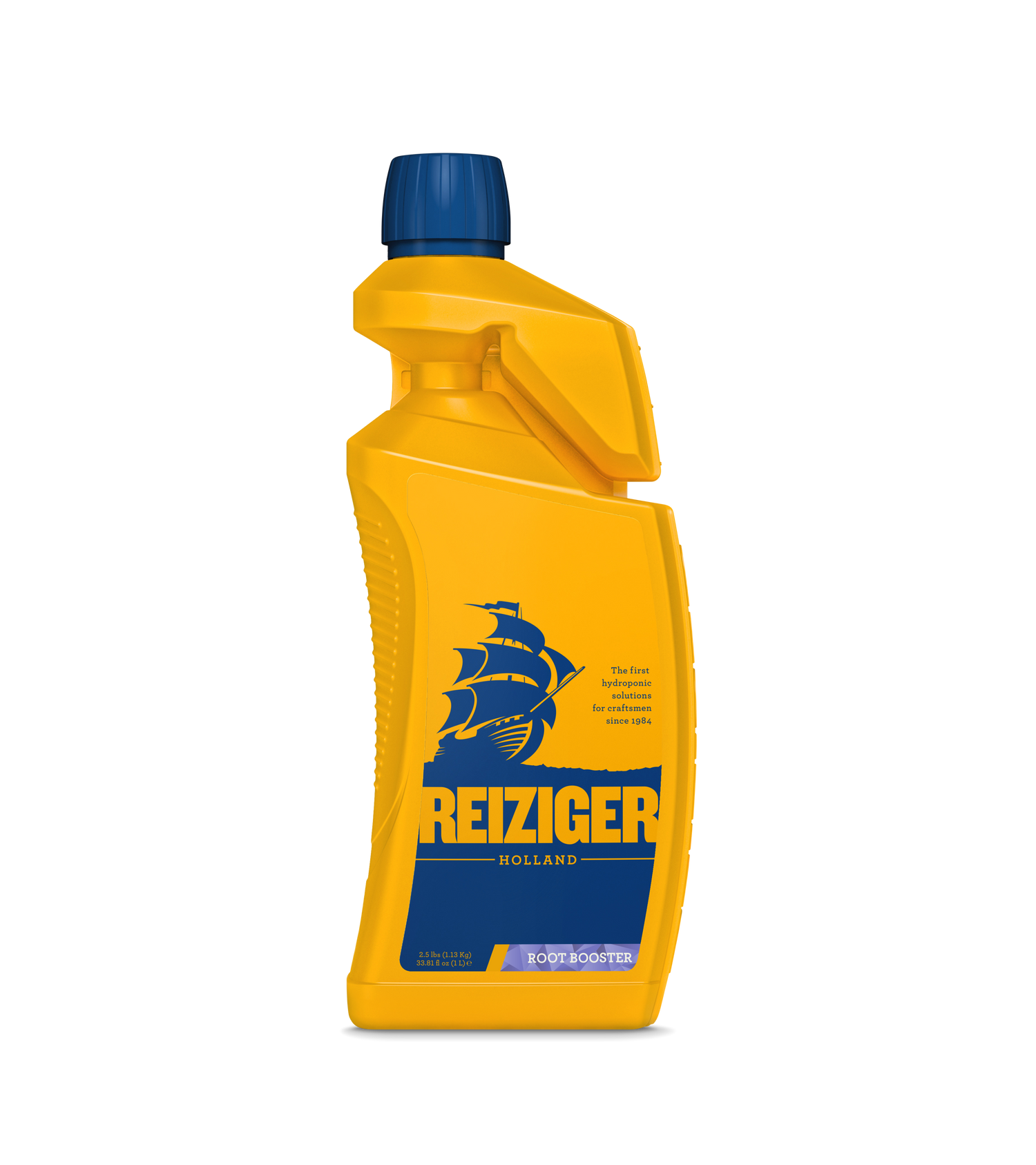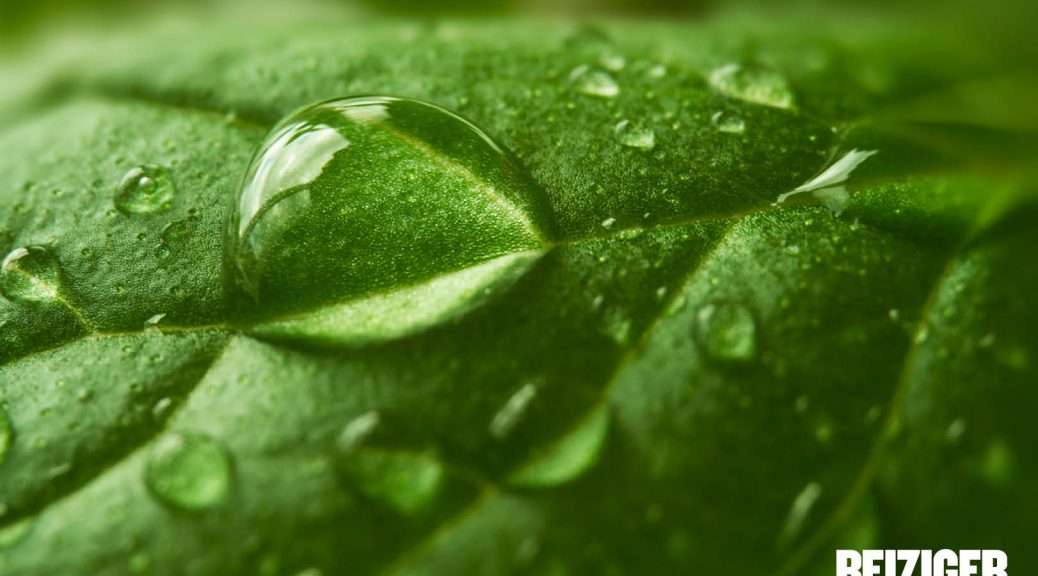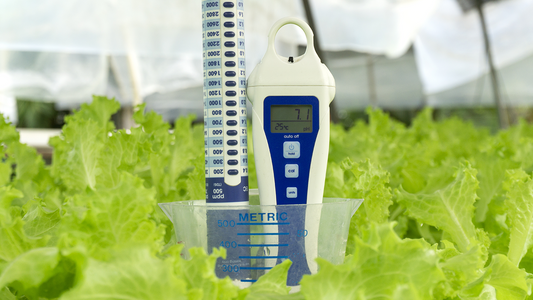Growing plants hydroponically poses quite a few differences to growing plants with traditional soil-based techniques. One major difference is the limited volume in which the roots of the plants will grow. Because of this, the volume of available water and nutrients is limited, making the system susceptible to salinity and pH fluctuations.
There are several soil alternatives that can be used in hydroponic gardening, and these mediums include: peat, coco peat, perlite, mineral wool or even water. In fact, plants can grow in any material as long as the material provides three basic necessities:
1. Oxygen
2. Water
3. Nutrients
In addition to the growing medium, the water quality and quantity is a very important aspect that can affect your plants. Let’s take a closer look at them.
Water quality
In soilless or hydroponic systems, plant roots are unable to escape undesirable growing situations, such as high salt concentrations or unfavourable pH. This is why the quality of the water used is so imperative to the growth and health of your plants. This is why it’s important to use pure water. But what exactly is pure water, you ask? It’s water from a source that doesn’t contain any impurities. Distilled water is the most common form of pure water.
“The usability of tap water or ground water depends on the chemicals it contains.” – Reiziger Experts.
When using pure water, the drainage from the growing system can be reused, creating a closed system that saves water and fertiliser. It’s more sustainable and in-turn helps the environment.
If the water quality used is impure, over-irrigation will be necessary to avoid the accumulation of salts. The amount of this over- irrigation depends on the crop and the water quality.
Now that we have a better understanding of how important the quality of the water is, let’s take a look at the volume of it.
Water quantity
Plants need water for two main reasons: growth, and transpiration. Transpiration is the process of water evaporating into the atmosphere from the leaves and stems of plants. Generally, 90 per cent of transpiration depends on light from the sun or from artificial lighting. As a rule of thumb the transpiration rate can be estimated at 1L/m2 for a radiation sum of 500J/cm2.
To give you a better idea of what that means, this is the amount of light on a very cloudy day in summer, or is equal to 10 hours of light with 140W/m2 or 16.000 lux.
Depending on the age of the plants, the size of the growing system, and the growing medium used, it will contain just enough water for one day. For example, a 5L pot with stone wool contains approximately 3L of water; a mature tomato plant requires up to 4L per plant for transpiration on sunny days. You must also factor in that not all the water used in the medium is available to the roots as it will get absorbed, and very strong fluctuations should be avoided, making an adequate irrigation system necessary. Individual plants will differ in water demand, due to differences in the plant size, exposure to sunlight, the substrate and the irrigation method.
Here at Reiziger, we have the expertise to help you with your hydroponic gardening, and there’s nothing we love more than sharing knowledge. Contact us for more help and advice!





